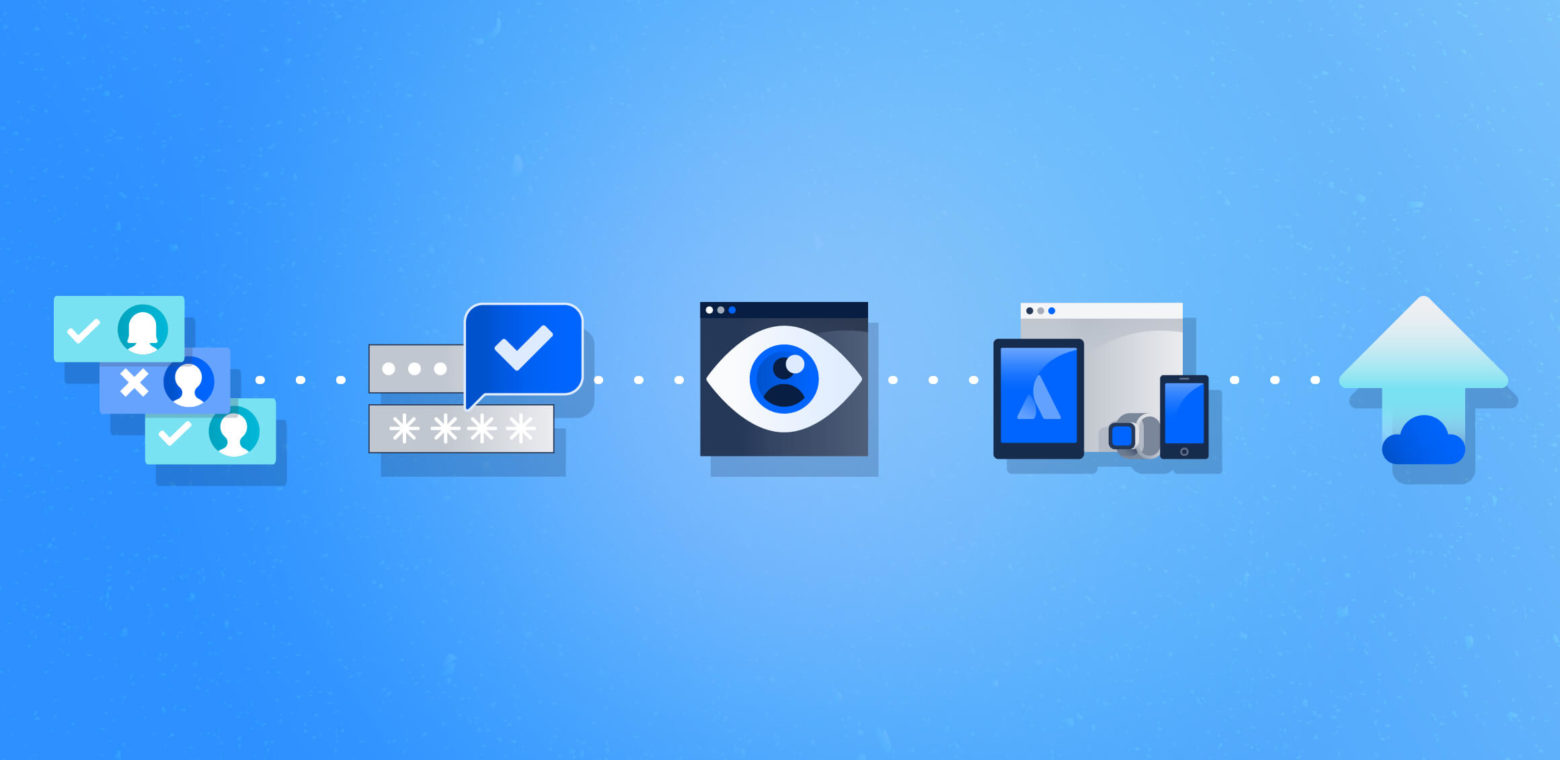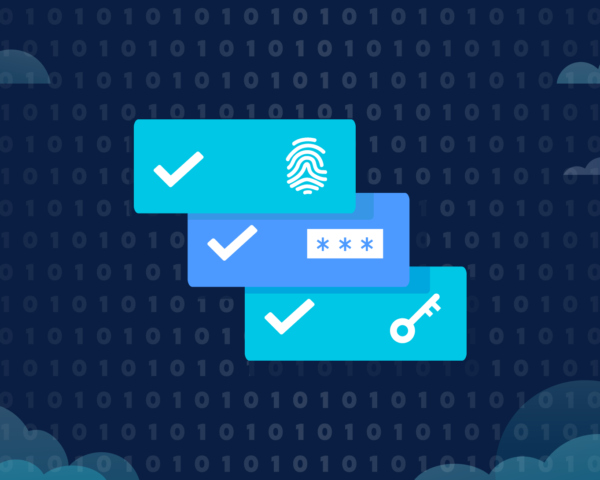5 signs it’s time to update your user management processes
Admins only have so many hours in the day – don’t spend them all on user management.
Expanding businesses all experience growing pains that inevitably impact every part of the organization’s IT processes. Managing software users with a simple spreadsheet may have worked when your company was smaller, but as the business reaches hundreds or thousands of employees, you must adopt practices that scale, too. The same user management workflow that worked for your team before may now be taking hours out of your workday and keeping you from the initiatives that will help drive your organization forward.
With growth of this magnitude comes a need for sustainability. And the role of an admin encompasses more than user management, so you need to adopt efficient practices for managing users that will allow you to shift your focus back to overseeing IT’s role in strategic business goals and identifying areas for improvement to better serve the company.
For admins, this will mean revisiting user management processes to keep systems and data secure, auditing uses of software licenses, and ensuring that employees comply with organization policies. And there are clear signs that’ll tell you when it’s time to do so.
1. You’re still manually provisioning and deprovisioning users
Every new employee needs access to the tools they’ll use in their role. And every departing employee no longer does, meaning it’s time to revoke their permissions to prevent security breaches.
It takes forever to go through and manually grant and remove software access for new and former employees, especially as your users expand into the hundreds or thousands. (Not to mention the security risk it poses if past users are somehow missed in the deprovisioning process.) But it doesn’t have to be that way.
A 2020 Automation Anywhere study indicates that more than three hours of a worker’s day is spent on manual, repetitive tasks – ones that could be automated. Thankfully, user provisioning and deprovisioning are the easiest user management tasks to automate. Automated user life cycle management grants and restricts company software access automatically, tightening security, and saving you time. You just need the systems in place to do it.
Start by establishing a process to automate user provisioning and deprovisioning by syncing your external directory (Okta, Google Cloud, or Microsoft Azure), such as connecting Atlassian Guard – a security and administrative solution – for Atlassian Cloud products. This will allow you to give or revoke access to users as employees join or leave the company. So, as soon as an employment status changes and the directory updates, software permissions are modified to reflect that.
New hires get application access as needed, and employees leaving won’t have access to company software and data anymore. This reduces the likelihood of security breaches that stem from employee offboarding. Gone are the days of manual provisioning and deprovisioning users. Now, you can focus your attention on other high-value IT needs of the business.
2. You’re still counting on users to practice good password hygiene
You’re dealing with an influx of employees in a fast-growing organization – all of whom need secure credentials to access company applications and data. You also have existing team members eager to start the day and log in to their software quickly to begin working. That’s a lot of users and expecting them all to have good password hygiene is unrealistic.
But you can’t afford to let weak employee credential practices slip through the cracks. According to the Verizon 2021 Data Breach Investigations Report, the root cause of approximately 80 percent of corporate web application security breaches was the “use of stolen creds” like theft of usernames and passwords.
Adding to the security risk, a SecureAuth survey found that 53 percent of users utilize the same passwords to log in to the various tools they use. This means that if credential theft occurs, then multiple user accounts are vulnerable.
The good news is that enforcing user password security is scalable with the right practices in place.
Keep accounts secure with two-step verification
Enforced two-step verification adds a second layer of protection across the accounts of each application that your employees use daily. You can enable it for all employees from one central hub, so you can rest assured knowing all employee accounts are safe if credentials are compromised.
Enforced two-step verification prompts and requires employees to set up a secondary form of user verification – so their accounts are safe at all times.
Authenticate users with single sign-on (SSO)
With a Security Assertion Markup Language (SAML) SSO system in place at your organization, you can authenticate users via the identity provider your company has implemented, like Okta, OneLogin, and Microsoft Azure.
This enables employees to log in to the applications they use every day with one set of secure credentials, instead of using the same username and password for different accounts. Users are also more likely to set up one unique, strong password instead of creating and remembering 12 various strong passwords.
SAML SSO is accessible on many software options. For example, Atlassian Cloud customers can set up and enforce SSO with Atlassian Guard.
3. You have no visibility into product usage
Are your employees using products securely? Are they using IT-approved software that is compliant with your corporate policies? Are they even using the software your company is paying for at all? If not, you may be wasting money and opening your business to cyberattacks.
Consider using a centralized solution to view product usage and monitor employee security practices across applications. You’ll see which employees are using products by day and month, who has security features like two-step verification and SSO active, and how software costs measure up to product usage.
These organizational insights will help you make the best product decisions for your company – from promoting technology adoption and conducting security training to making licensing adjustments necessary for a better return on investment (ROI).
If you’re an Atlassian Cloud user, you can use Atlassian Guard to access organization-wide insights and audit logs through the admin console.
4. You don’t have a mobile device policy in place
From emails to documents, company work is conducted from a wide variety of devices these days. With more frequent employee use of mobile devices and tablets, security must be uniform across all devices.
In fact, a 2019 report by Zimperium states that mobile devices account for “60 percent of the endpoints containing or accessing organizational data” – many of which lack the appropriate security safeguards needed for enterprises.
But you can secure these mobile devices with a Mobile Device Management (MDM) system.
With an MDM program, admins can control and restrict data access and sharing from your employees’ mobile devices. So, you can disable screenshots being taken from within corporate apps, require devices to have secure passcodes enabled, or revoke cut, copy, and paste capabilities across applications.
In other words, you’ll retain control of company data and security – no matter the device your employees are using.
5. You’re putting off migrating users to the cloud
Survey results from Flexera’s 2020 State of the Cloud Report show that 61 percent of companies are looking to focus on cloud migration going forward. If your company is among them, don’t let the user migration process overwhelm you. Ultimately, the move to the cloud will save you the countless hours you’ve been spending on maintaining your internal company servers and conducting endless manual software updates for users.
If you’re considering migrating your users, explore what your software company can do to support the process. At Atlassian, for instance, you can streamline the process of moving users from Atlassian’s on-premise offerings to the cloud by using Atlassian’s Cloud Migration Assistant.
Migration steps will look different across different cloud platforms. Make sure you are following the correct steps from your cloud-based software provider for an effective migration to the cloud. If you’re considering migrating to Atlassian Cloud, visit our Migration Center.
Scale user management efforts with ease
User management matters to the security and efficiency of your company. No matter how large your business grows, scalability is possible. We understand that there can be many Atlassian product users you need to manage. If you’re on Atlassian Cloud, there is a centralized and secure way to manage users with Atlassian Guard.



